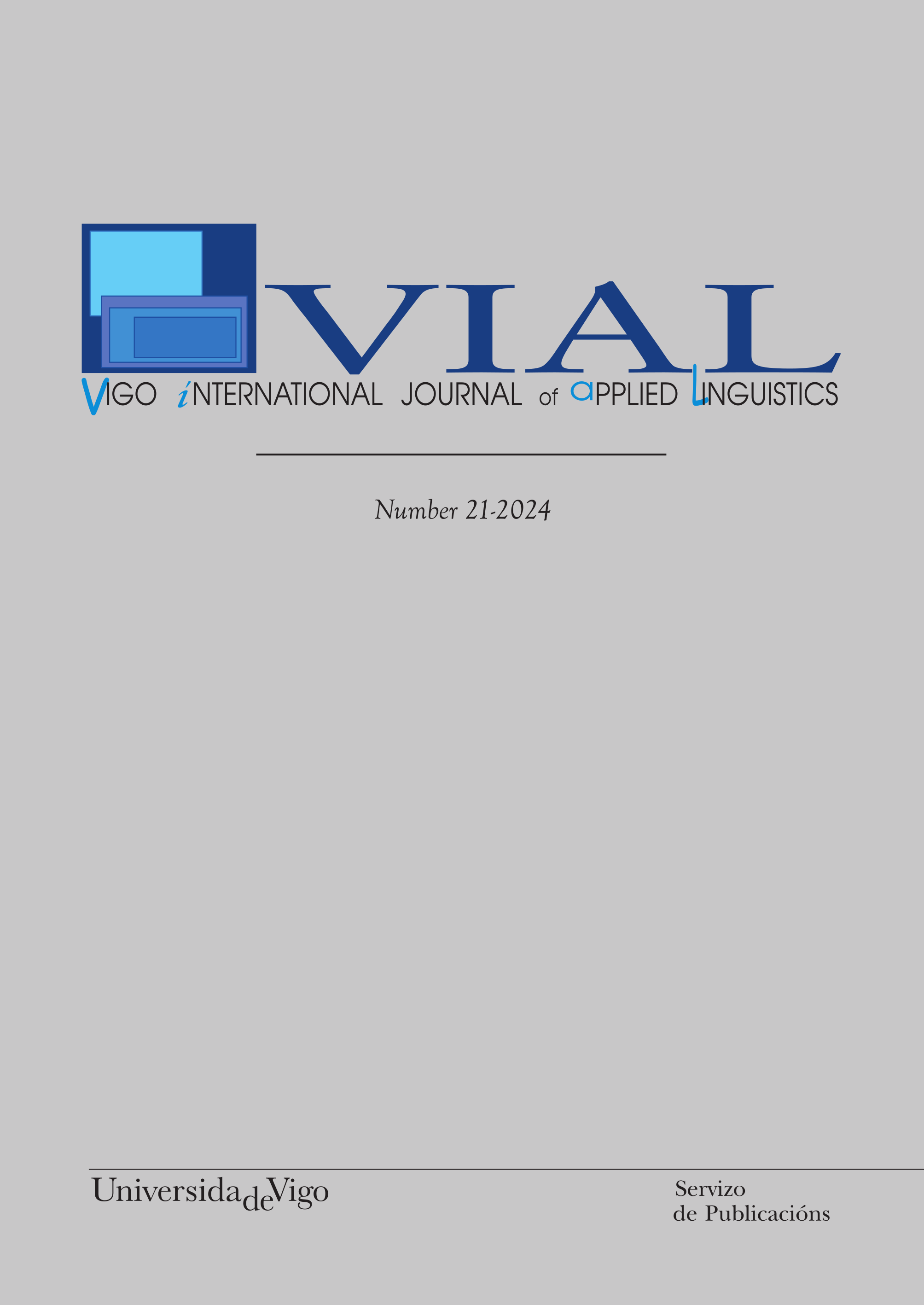Teaching critical reading in the classroom: A comparison of CLIL and EFL across contexts
DOI:
https://doi.org/10.35869/vial.v0i21.4658Schlagworte:
Palabras clave: lectura crítica, enseñanza de la lectura, AICLE, EFL, aprendizaje de estrategiasAbstract
Critical reading (Fairclough, 1989, 1995; Kress, 1985; Wallace, 2003) is considered to be one of the instruments that gives the necessary resources to construct meaning in discourse. This paper presents the results of a quasi-experimental study with a pre-test post-test design on students in the 6th year of primary education (10-11 years old) enrolled in two schools in Spain, one school located in the Basque Country (Content and Language Integrated, CLIL group) and the other in Cantabria (English as a Foreign Language, EFL group). Altogether four groups were selected: CLIL-experimental, CLIL-control, EFL-experimental and EFL-control. The experimental groups received critical reading strategy instruction for seven weeks while the control groups continued with regular classes. The one-way ANCOVA results showed that students in both the CLIL and EFL programmes developed greater mastery in critical reading after the teaching protocol. However, and contrary to our initial hypothesis, experimental students from the EFL context outperformed the CLIL learners. The novelty of the critical reading awareness protocol seemed to have a greater influence on the EFL students, who, unlike the CLIL students, were not so familiar with strategy learning. The new training procedure helped them to promote higher order critical reading skills, taking more advantage of the whole strategy learning protocol.
Downloads
Downloads
Veröffentlicht
Ausgabe
Rubrik
Lizenz
Revistas_UVigo es el portal de publicación en acceso abierto de las revistas de la Universidade de Vigo. La puesta a disposición y comunicación pública de las obras en el portal se efectúa bajo licencias Creative Commons (CC).
Para cuestiones de responsabilidades, propiedad intelectual y protección de datos consulte el aviso legal de la Universidade de Vigo.



